Study Shows Roadquake Effective at Raising Driver Awareness in Residential Areas
The study, titled "The Effects of Temporary Portable Rumble Strips on Vehicle Speeds in Road Work Zones," finds that RoadQuake reduces speeds in residential work zones, demonstrated increased driver awareness.
.jpg)
PSS's Kenny Kolberg (third from left) helped Ahmed Al-Bayati (furthest right) with laying the array for the study.
The study, titled “The Effects of Temporary Portable Rumble Strips on Vehicle Speeds in Road Work Zones,” aims to “examine both the impact of TPRSs on traffic speeds and the response of different vehicle types in road work zones, including trucks and cars.” In other words, it aims to examine and compare traffic speeds of a variety of vehicle types ahead of work zones with and without TPRSs.
The methodology for the study (conducted with help from PSS, who supplied RoadQuake) is as such:
1) Close a lane in which a work zone would be operating
2) Measure speeds at each end of the one mile stretch of road selected for the study with and without TPRSs
3) Compare the results.
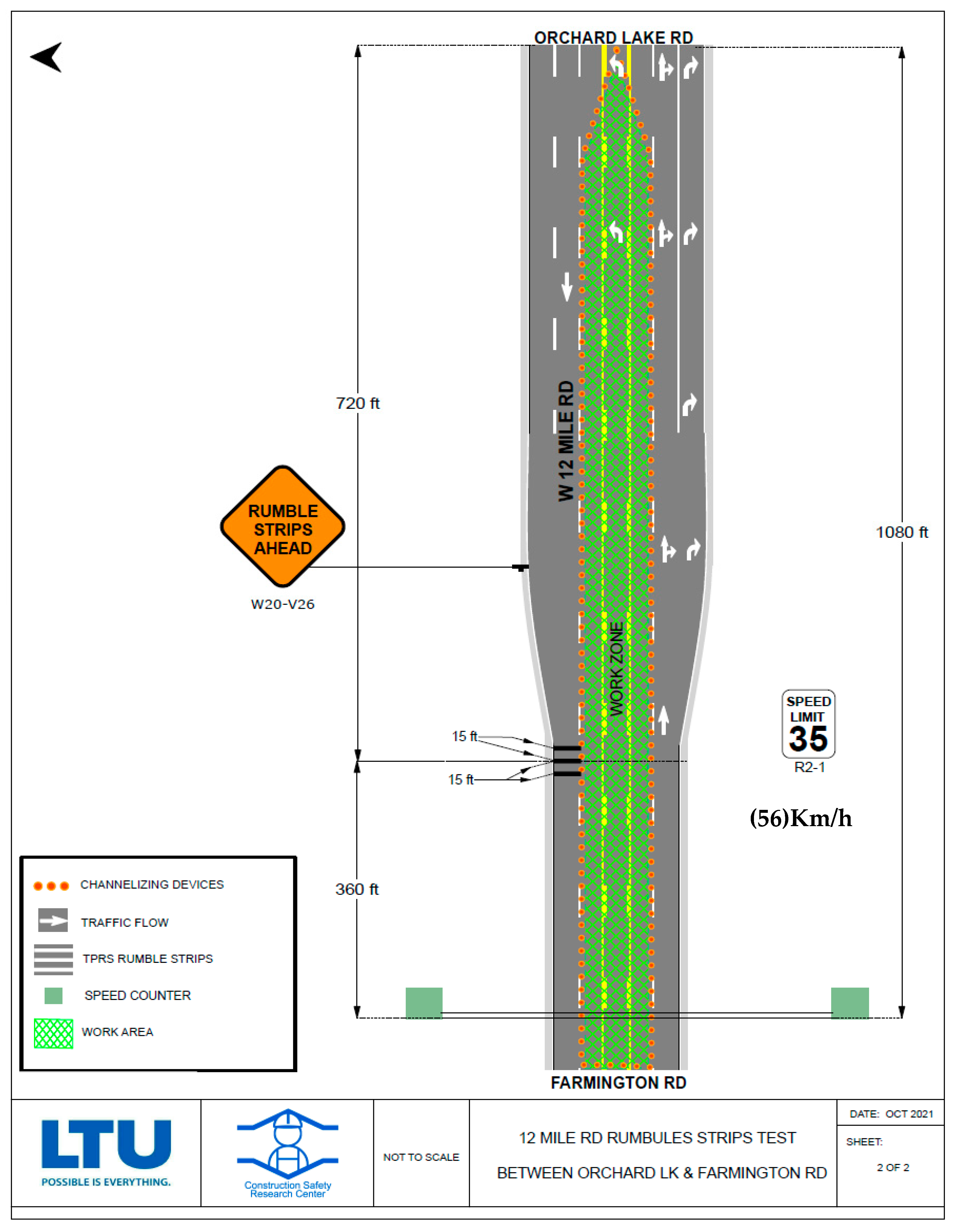
Test configuration at 11:00 a.m. with TPRSs (35 mph—56 km/h).
The results for the study found that TPRSs were effective in reducing traffic speeds within a work zone. The 85th percentile of observed speeds without the use of TPRSs averaged 33.5 mph. The 85th percentile while using TPRSs averaged 31.5 mph. That approximate 6% reduction in speed was statistically significant. The study states: “TPRSs could play a crucial role in enhancing road safety, particularly in construction and maintenance work zones.”
While there was a statistically significant reduction in speed, the reduction varied by vehicle type. Light vehicles, like cars, demonstrated an increased mean reduction in speed of roughly 2 mph using TPRSs. Medium and heavy vehicles, like trucks, had a smaller reduction in speed. The authors find this disparity “a critical finding” of the study, arguing that “understanding this limitation is crucial for developing more comprehensive traffic management strategies that address the safety needs of all vehicle types in work zones.”
The sample size of the study is relatively small; the study was conducted over the span of two hours. In total, there were 1104 vehicles observed, 572 with TPRSs, and 532 without. Of those 1100 vehicles, only 126 were considered “medium or heavy vehicles,” with 67 of that 126 having gone over the TPRSs. In other words, only 6% of vehicles observed were heavy vehicles that went over the rumble strips, or 12% of the vehicles that went over the rumble strips overall.
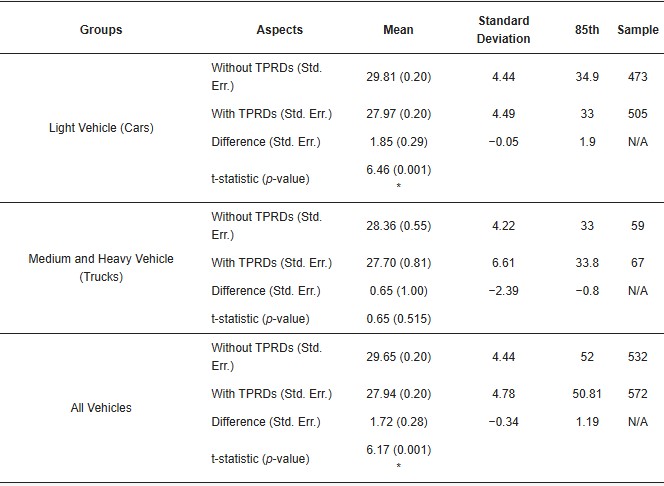
Table showing the results of study, with the mean speed of each vehicle type observed.
In summary, RoadQuake TPRSs are effective at lowering speeds in residential areas.
PSS appreciates research aimed at understanding and quantifying the effects of RoadQuake and temporary portable rumble strips, in general, on all vehicle types. From speed reduction, to sound generation, to increased galvanic skin response, to increased situational awareness, implementation of RoadQuake can help move the road safety industry toward its goal of reducing work zone incursions, crashes, injuries and fatalities.
Read the study here: https://www.mdpi.com/3089076
Learn more about RoadQuake’s success in Nevada here: https://www.pss-innovations.com/resources-blogs/august-2024/interview-with-pat-gallagher
Related Articles
-
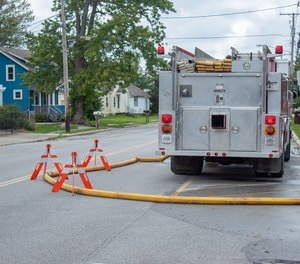 The Traffic Safety Cone Has Been In Use For Decades – Here's How It Got Reinvented
The Traffic Safety Cone Has Been In Use For Decades – Here's How It Got Reinvented -
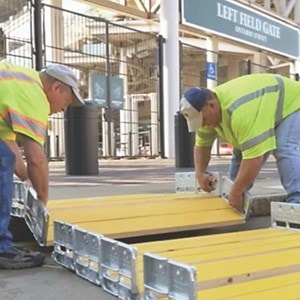 4 Ways a Portable Pedestrian Ramp Makes the Community more Accessible
4 Ways a Portable Pedestrian Ramp Makes the Community more AccessibleEveryone wants a more accessible community. But the reality is that all communities have unique obstacles that create barriers for those who do not have the same mobility abilities as others. For exam...
-
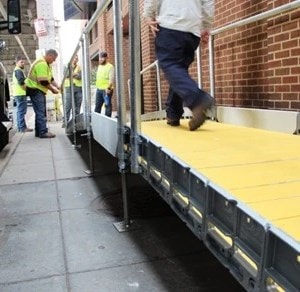 INNOVATIVE RAMP PROVIDES ACCESSIBILITY TO SIDEWALK OBSTRUCTION IN D.C. WORK ZONE
INNOVATIVE RAMP PROVIDES ACCESSIBILITY TO SIDEWALK OBSTRUCTION IN D.C. WORK ZONEA residential building in an area with heavy foot traffic needed maintenance, but the tools and machinery needed for the project created a tripping hazard. Closing the sidewalk was not an option so PS...